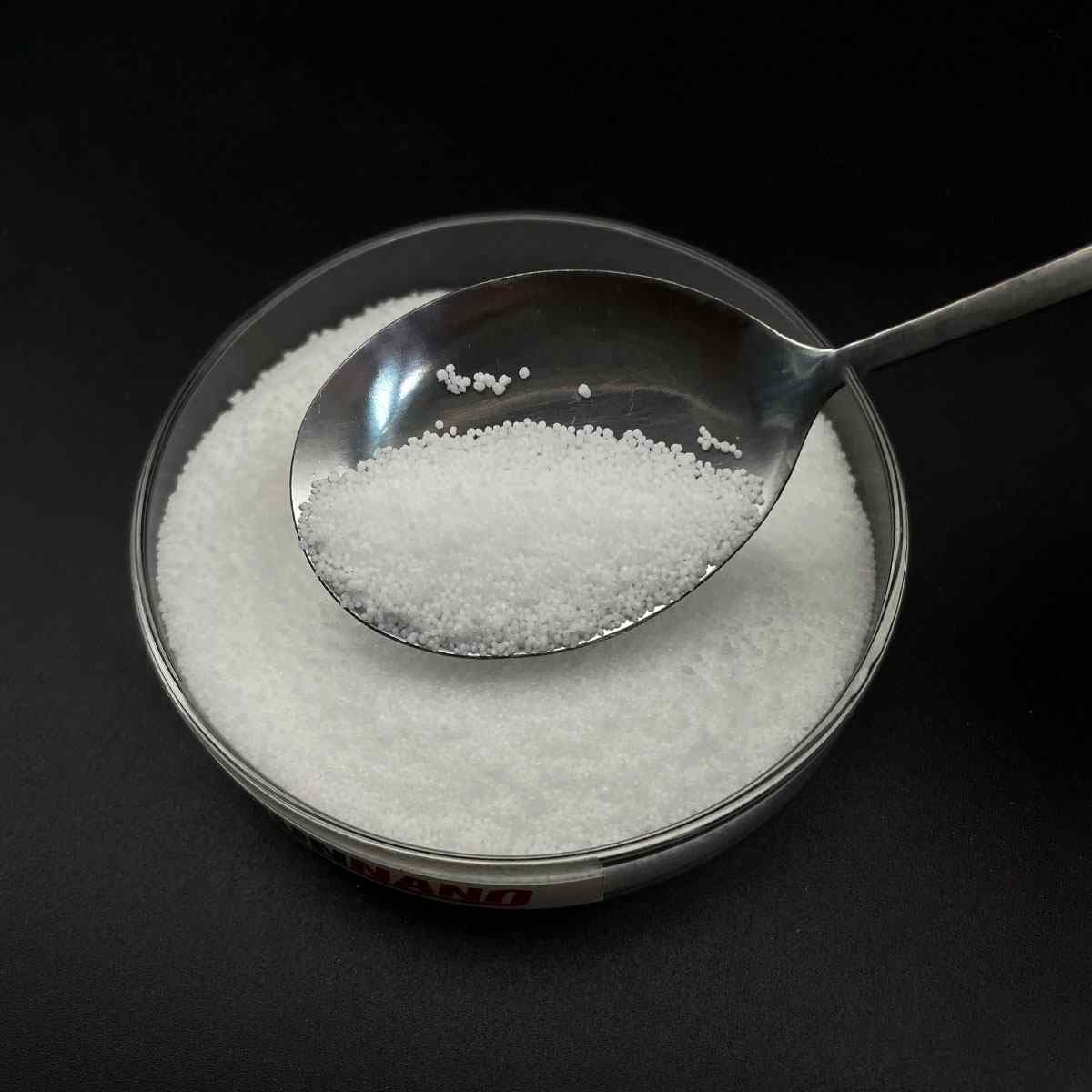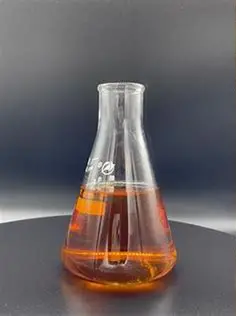1. Introduction
In the past 48 hours, a new study published by the European Chemicals Agency (ECHA) has reignited public discussion around common cosmetic ingredients—particularly sodium lauryl sulfate (SLS)—highlighting updated safety thresholds for rinse-off products. This comes amid growing consumer demand for gentler, plant-derived surfactants like alkyl polyglucoside and coco glucoside. As confusion swirls over terms like ‘sulfate-free’ and ‘anionic vs. non-ionic,’ it’s the perfect time to unpack what sodium lauryl sulfate really is—and how it fits into the broader world of surfactants.

2. What Is Sodium Lauryl Sulfate?
Sodium lauryl sulfate—also known as sodium dodecyl sulfate (SDS), natrium lauryl sulfate, or simply SLS—is a widely used anionic surfactant. The term ‘surfactant’ (short for ‘surface-active agent’) refers to compounds that reduce surface tension between liquids or between a liquid and a solid. This property makes surfactants essential in everything from shampoos and toothpastes to industrial cleaners and herbicide formulations.
Chemically, SLS is derived from lauryl alcohol (often sourced from coconut or palm kernel oil) and sulfuric acid, followed by neutralization with sodium hydroxide. Its molecular structure features a hydrophobic tail and a hydrophilic sulfate head, enabling it to lift oils and dirt from surfaces—making it an effective foaming and cleansing agent.
3. How SLS Compares to Other Common Surfactants
3.1. Sodium Laureth Sulfate (SLES)

Often confused with SLS, sodium laureth sulfate (also called sodium lauryl ether sulfate or sodium lauryl ether sulphate) is an ethoxylated version of SLS. The addition of ethylene oxide makes SLES milder on the skin, which is why it’s frequently used in shampoos and body washes labeled ‘gentle.’ You might see it listed as ‘laureth sulfate,’ ‘sulfate laureth,’ or even ‘sls sodium laureth sulfate’—though that last term is technically incorrect, as SLS and SLES are distinct compounds.
3.2. Amphoteric and Non-Ionic Alternatives
To reduce irritation, many modern formulations blend SLS with amphoteric surfactants like cocamidopropyl betaine (also called coco betaine, amidopropyl betaine, or coco amido propyl betaine). These surfactants can act as either anionic or cationic depending on pH, offering foam stability and mildness.
Non-ionic surfactants—such as polysorbate 80, Span80, Pluronic 127 (poloxamer 188), and ethoxylated alcohols—are neutral in charge and often used as emulsifiers or wetting agents. In agriculture, nonionic surfactants like methylated seed oil or lignin sulfonate serve as surfactants for herbicides and lawn wetting agents to help weed killers adhere to waxy plant leaves.
3.3. Bio-Based and Mild Surfactants

Eco-conscious brands are increasingly turning to bio surfactants like decyl glucoside, coco glucoside, sodium cocoyl glutamate, and sodium lauroyl sarcosinate (a sarcosinate derivative). Sodium coco sulfate and coco sodium sulfate are also popular sulfate alternatives derived from coconut oil. These ingredients offer effective cleansing without the harshness sometimes associated with traditional anionic surfactants like SLS or sodium dodecylbenzene sulfonate.
4. Safety, Misconceptions, and Industry Use
Despite viral claims online, SLS is not inherently toxic when used as directed. Regulatory bodies like the FDA and EU SCCS consider it safe in rinse-off products at concentrations below 1–2%. However, it can be irritating to sensitive skin or eyes, which is why many opt for milder blends featuring sodium lauroyl methyl isethionate or sodium cocoyl isethionate.
It’s worth noting that SLS is not the same as ammonium lauryl sulfate (ALS)—also called ammonium dodecyl sulfate or ammonium lauryl sulphate—which is another anionic surfactant with similar properties but different solubility and foaming characteristics.
In industrial contexts, SLS is valued for its strong detergency and is available as ‘sodium lauryl sulfate for sale’ from chemical suppliers like Rohit Surfactants Private Limited. It’s also used in labs as a denaturing agent (e.g., in SDS-PAGE gels), where its full name—sodium dodecyl sulfate—is more common.
5. The Bigger Picture: Surfactant Categories
Surfactants fall into four main classes based on their ionic charge:
- Anionic surfactants (e.g., SLS, SLES, sodium oleate, sodium deoxycholate): negatively charged; excellent cleaners and foaming agents.
- Cationic surfactants (e.g., cetyl trimethyl ammonium bromide or CTAB, cetyltrimethylammonium bromide): positively charged; used in conditioners and antimicrobials.
- Non-ionic surfactants (e.g., ethoxylated alcohol, polysorbate 80): no charge; great emulsifiers and wetting agents.
- Amphoteric surfactants (e.g., cocamidopropyl, lauroyl sarcosinate): dual charge; mild and compatible with other surfactant types.
Fluoro surfactants and copper 1 bromide are specialty types used in niche applications like firefighting foam or electronics manufacturing—but they’re far less common in consumer goods.
6. Conclusion
Sodium lauryl sulfate remains a cornerstone of modern cleaning and personal care formulations due to its effectiveness and low cost. However, as consumer preferences shift toward gentler, sustainable options, the surfactant landscape is evolving rapidly. Understanding the differences between anionic, cationic, non-ionic, and amphoteric surfactants—and recognizing terms like ‘sls sodium,’ ‘lauryl sulfate,’ or ‘sodium laureth’—empowers you to make informed choices, whether you’re formulating a shampoo or selecting a weed killer with the right surfactant for grass.
Our Website founded on October 17, 2012, is a high-tech enterprise committed to the research and development, production, processing, sales and technical services of ceramic relative materials such as Understand. Our products includes but not limited to Boron Carbide Ceramic Products, Boron Nitride Ceramic Products, Silicon Carbide Ceramic Products, Silicon Nitride Ceramic Products, Zirconium Dioxide Ceramic Products, etc. If you are interested, please feel free to contact us.


